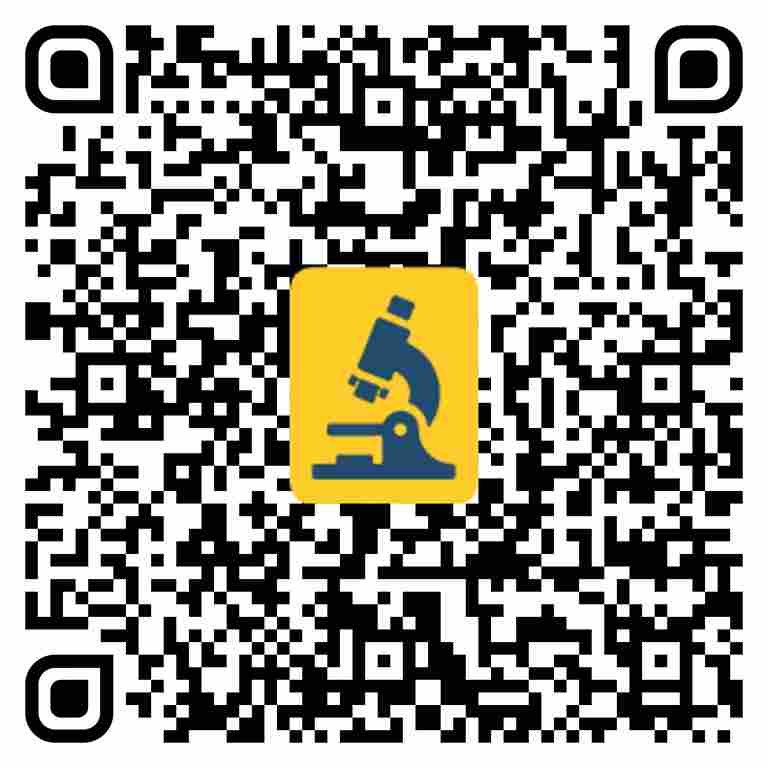A Radical Specimen test is a medical examination used to analyze abnormal cells or tumors in a patient's body. This test is performed on a tissue sample obtained from a patient's body during a surgical procedure or biopsy. The goal of the Radical Specimen test is to determine the extent of the disease and to develop an effective treatment plan for the patient. During the Radical Specimen test, a pathologist will examine the tissue sample under a microscope to look for any signs of abnormal cells or tumors.
What is a Radical Specimen test?
A Radical Specimen test is a medical examination used to analyze abnormal cells or tumors in a patient's body. This test is performed on a tissue sample obtained from a patient's body during a surgical procedure or biopsy. The goal of the Radical Specimen test is to determine the extent of the disease and to develop an effective treatment plan for the patient. During the Radical Specimen test, a pathologist will examine the tissue sample under a microscope to look for any signs of abnormal cells or tumors.
The pathologist will examine the tissue's features, such as its dimensions, structure, and makeup, to evaluate the degree and gravity of the illness. The results of a Radical Specimen test are critical in determining the most appropriate treatment for the patient. Overall, the Radical Specimen test plays a crucial role in the diagnosis and treatment of cancer and other diseases. It provides valuable information to doctors, allowing them to develop a treatment plan that is tailored to each patient's unique needs.
What is the purpose of a Radical Specimen test?
The Radical Specimen test is a medical procedure performed on a tissue sample obtained from a patient's body during a surgical procedure or biopsy. The main purpose of the test is to analyze abnormal cells or tumors in the tissue sample. The results of the Radical Specimen test help doctors develop an effective treatment plan for the patient based on the location, size, and stage of the disease. For example, if the test shows that the tumor has not spread to surrounding tissues, the patient may be a candidate for surgery. In contrast, if the test reveals that the tumor has metastasized or spread to other parts of the body, a more aggressive treatment plan, such as chemotherapy or radiation therapy, may be necessary.
What does the Radical Specimen test diagnose?
The Radical Specimen test diagnoses various diseases by examining a tissue sample obtained during a biopsy or surgical procedure. Some of the diseases that the test can diagnose include:
- Cancer: The test can detect the presence of cancer cells and provide information about the type, size, and stage of cancer.
- Tumors: The test can identify the presence of benign or malignant tumors and provide information about their size, shape, and composition.
- Infections: The test can detect the presence of infectious agents, such as bacteria, viruses, or fungi, in the tissue sample.
- Inflammatory diseases: The test can identify the presence of inflammation in the tissue sample and help diagnose conditions such as arthritis or inflammatory bowel disease.
- Autoimmune disorders: The test can identify the presence of abnormal cells or tissues that are characteristic of autoimmune disorders, such as lupus or multiple sclerosis.
Preparation and procedure required for a Radical Specimen test?
Preparation for a Radical Specimen Test:
- The patient should inform their doctor of any medications they are taking, including over-the-counter drugs and supplements, as some may need to be temporarily discontinued before the procedure.
- The patient should inform their doctor of any allergies they may have, particularly if they have had an allergic reaction to anesthesia in the past.
- The patient should avoid eating or drinking anything for a certain amount of time before the procedure, as directed by the doctor.
- The patient should arrange for someone to drive them home after the procedure if they are given anesthesia.
Procedure for a Radical Specimen Test:
- The patient will be given anesthesia, which may be local, regional, or general, depending on the type of procedure and the patient's medical history.
- A tissue sample will be extracted from the patient's body using a surgical procedure or biopsy.
- The tissue sample will be sent to a laboratory, where a pathologist will examine it and look for signs of abnormal cells or tumors.
- The pathologist will study the tissue's characteristics, such as its size, shape, and composition, to determine the extent and severity of the disease.
- The test results will be communicated to the patient's doctor, who will use them to develop an effective treatment plan for the patient.
Understanding the results of a Radical Specimen Test
Understanding the results of a Radical Specimen test can be complex and should be done in consultation with a doctor or pathologist. Here are a few key concepts to keep in mind:
- Benign vs. malignant: One of the most important things to determine from the test results is whether the tissue sample contains benign (non-cancerous) or malignant (cancerous) cells. Benign tumors are not life-threatening and can often be removed through surgery. Malignant tumors, on the other hand, can be more dangerous and may require more aggressive treatment, such as radiation or chemotherapy.
- Tumor grade and stage: If the tissue sample contains malignant cells, the pathologist will typically assign a grade and stage to the tumor. The grade refers to how abnormal the cells look under the microscope, while the stage refers to how far the cancer has spread. A higher grade or stage indicates a more aggressive or advanced cancer.
- Other factors: Depending on the type of tissue sample and the suspected condition, other factors may also be considered when interpreting the results. For example, if the sample is taken from the lung, the pathologist may look for signs of infection or inflammation in addition to cancerous cells.
Based on the results of a Radical Specimen test, several steps may be taken to manage the patient's condition. Here are a few examples:
- Surgery: If the test shows that the patient has cancer or a tumor that has not spread, surgery may be recommended to remove the abnormal tissue. This may be followed by additional treatments, such as radiation or chemotherapy.
- Radiation therapy: If the test shows that the patient has cancer or a tumor that has spread or is inoperable, radiation therapy may be recommended to destroy the abnormal cells or shrink the tumor.
- Chemotherapy: If the test shows that the patient has cancer or a tumor that has spread or is inoperable, chemotherapy may be recommended to destroy the abnormal cells or shrink the tumor.
- Immunotherapy: If the test shows that the patient has cancer or a tumor, immunotherapy may be recommended.
- Medication: If the test shows that the patient has an infection or an inflammatory or autoimmune disorder, medication may be prescribed to manage symptoms and prevent complications.
- Follow-up testing: Depending on the test results and the patient's condition, the doctor may recommend additional testing or monitoring to track the progression of the disease and adjust the treatment plan as needed.



 NABL approved
NABL approved  Most Trusted by
Most Trusted by  Accuracy &
Accuracy &  Widest Range
Widest Range 













